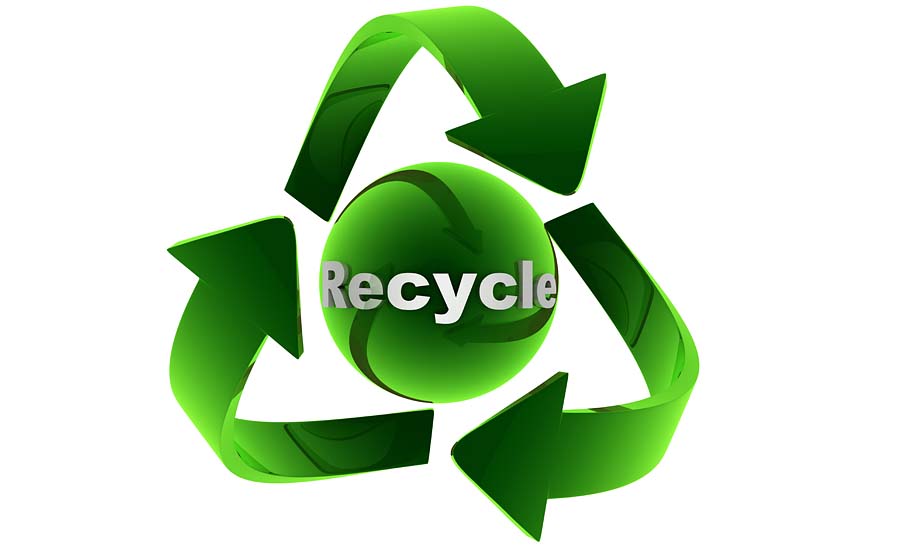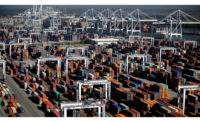Ship & Shore Environmental, Inc., a Signal Hill, Calif.-based provider of global pollution abatement services, expanded its existing alliance with Webconvert, a Canada-based provider of flexible packaging machinery that will act as an agent/manufacturer's representative for certain product lines, including pollution control.
With this expanded agreement, Webconvert will continue to serve as a local liaison between Ship & Shore and Canadian manufacturers to provide a Canadian perspective on the market and pollution control regulations.
"Our enhanced alliance with Webconvert will greatly expand our Canadian presence," says Anoosheh Oskouian, chief executive officer of Ship & Shore Environmental. "Our primary goal with this relationship has always been to assist Canadian companies in their manufacturing operations by collecting and destroying [volatile organic compounds, or] VOCs leading to emission reductions. Now, this new development has meant the alliance has taken a turn for the better."
"We are very excited about our expanded relationship with Ship & Shore," adds Dirk Kroll, president of Webconvert. "We serve Canadian customers, providing a comprehensive line of products from the USA and Europe. Our mission is to add value to every product that we represent, through deep technical and market knowledge. In that sense, Webconvert and Ship & Shore are a perfect match because we share similar business and customer service objectives."
Ship & Shore will continue to develop strategies cooperatively with Webconvert clients to meet new and more demanding provincial and municipal government regulations pertaining to pollution abatement.
Webconvert's portfolio of flexible packaging machinery includes accessories, control systems and peripheral products for use on printing machinery, paper machinery and other related machines such as slitters, rewinders and laminators for the converting, printing and flexible packaging industries.
Ship & Shore custom designs waste heat and energy recovery systems capable of capturing hot exhaust from combustion produced during various manufacturing processes and redirects to other areas of production to save and reuse energy. Captured heat may be used to pre-heat the incoming VOC-laden air stream before entering the combustion chamber with oxidizer systems. Hot exhaust can also be passed through a boiler to produce steam, hot water or hot oil for other processes heating requirements, saving wasted energy and optimizing efficiency.
Ship & Shore Environmental expands alliance with flexible packaging machinery provider
Webconvert will continue to serve as a local liaison between Ship & Shore and Canadian manufacturers to provide a Canadian perspective on the market and pollution control regulations.

Looking for a reprint of this article?
From high-res PDFs to custom plaques, order your copy today!







